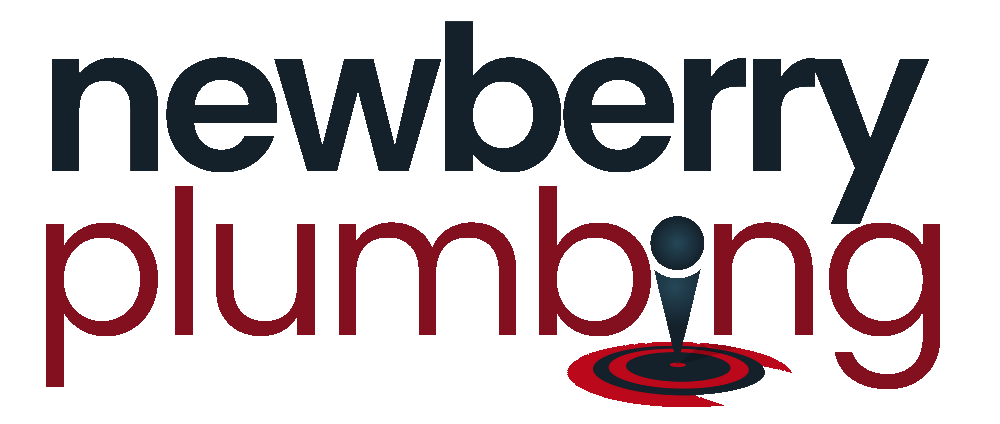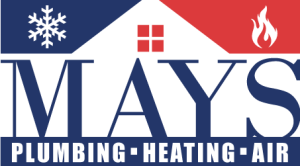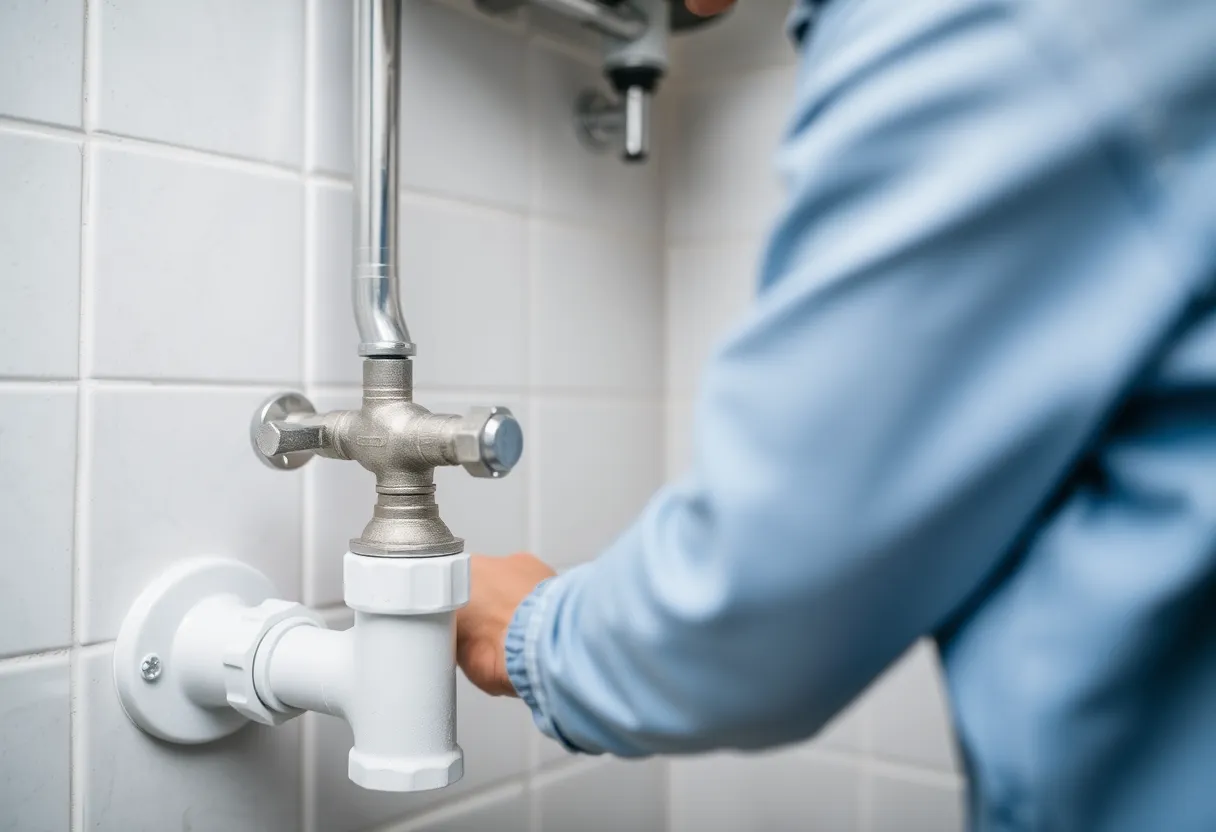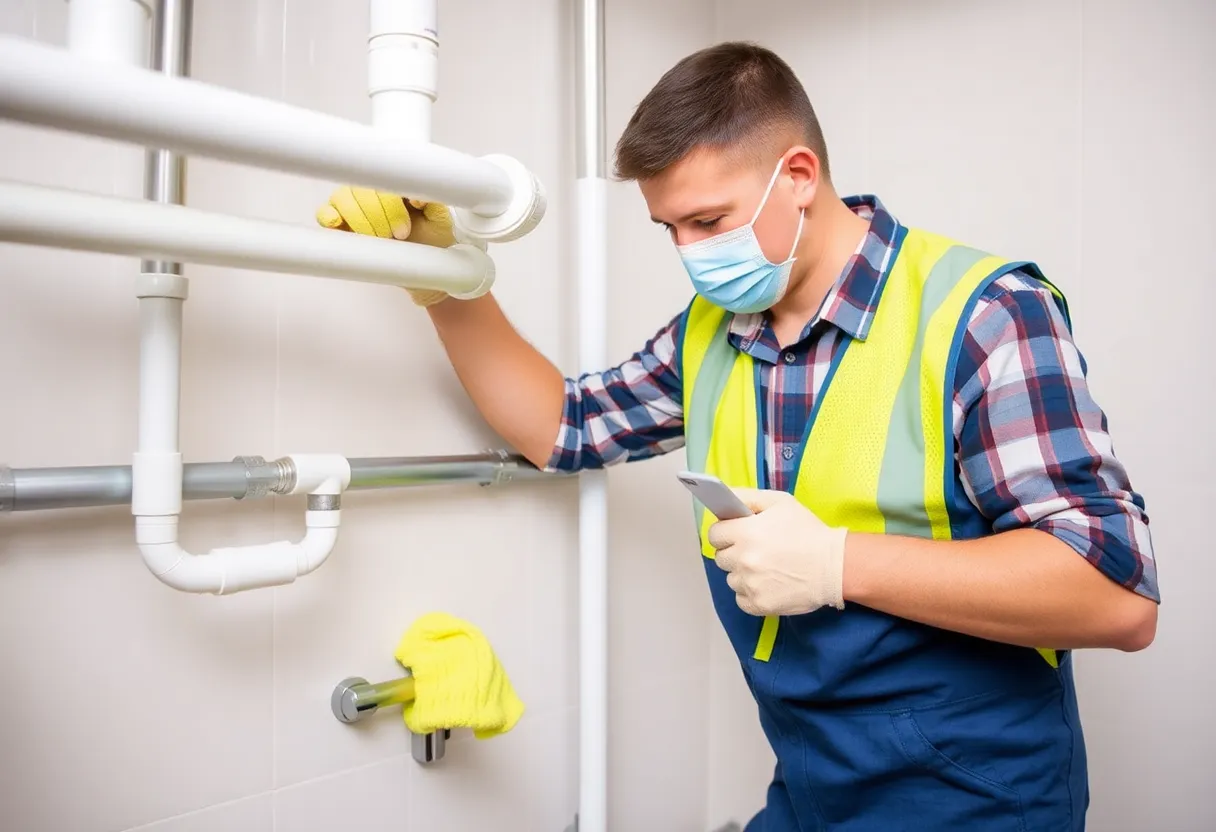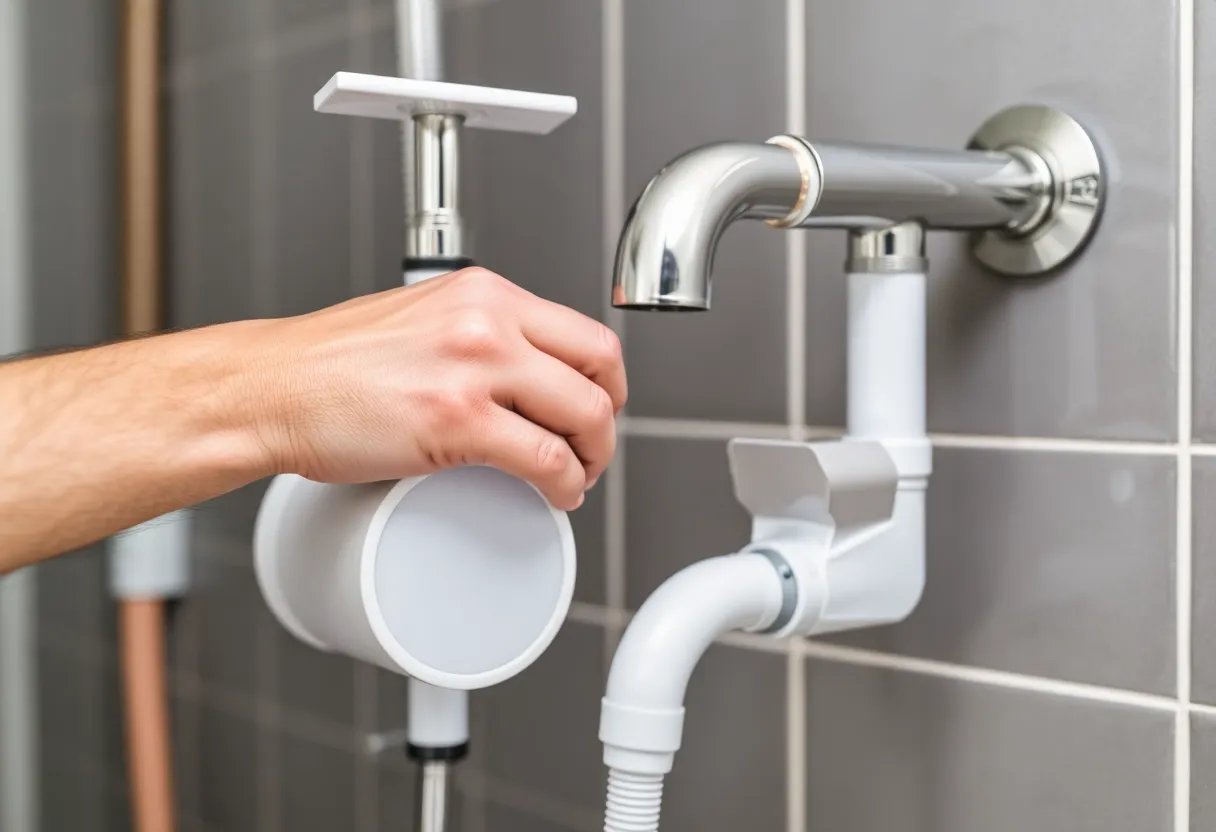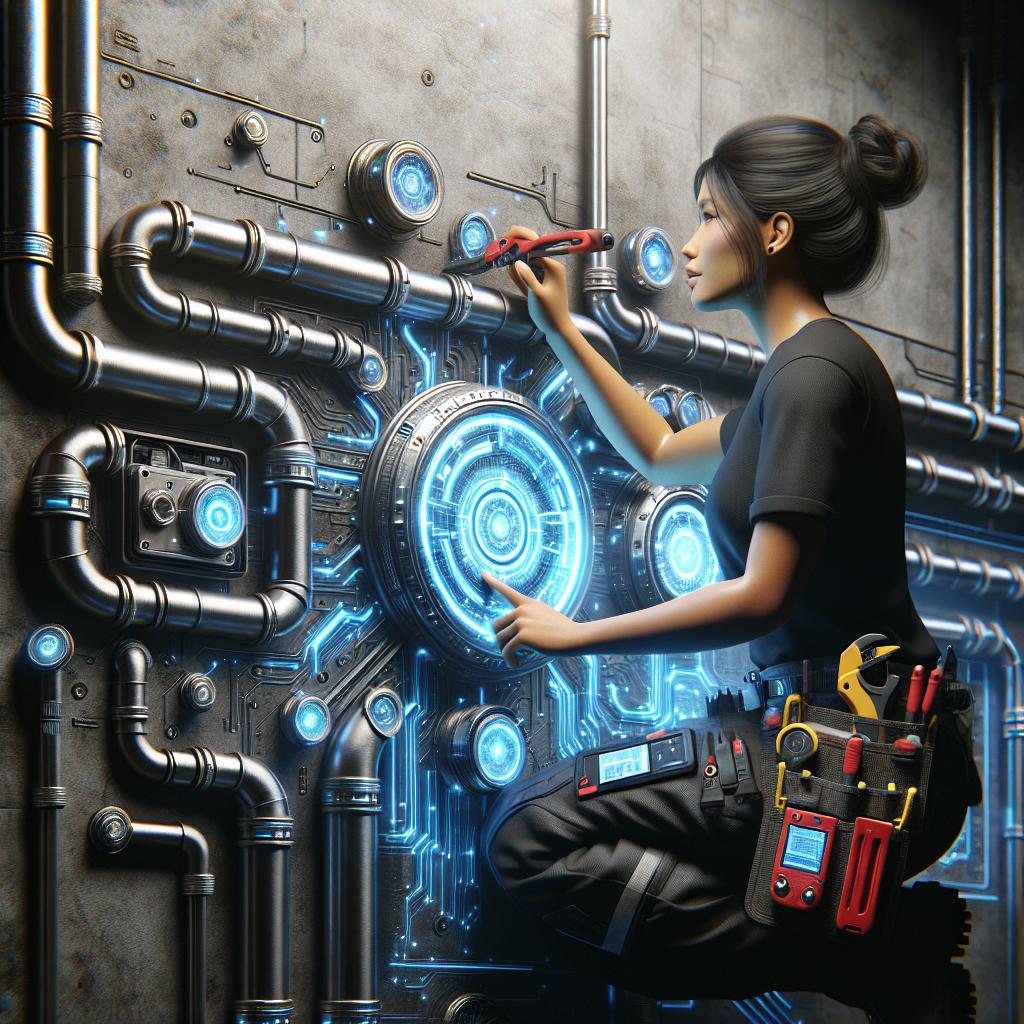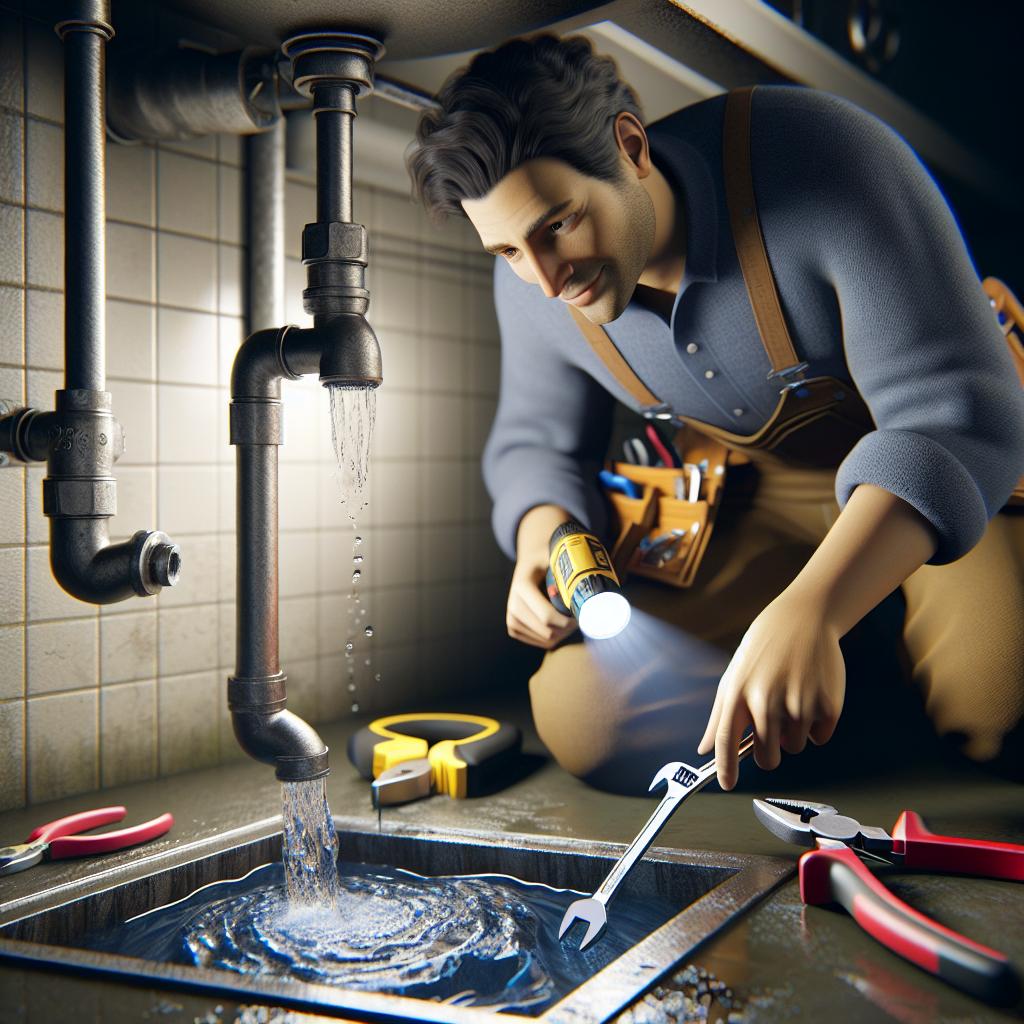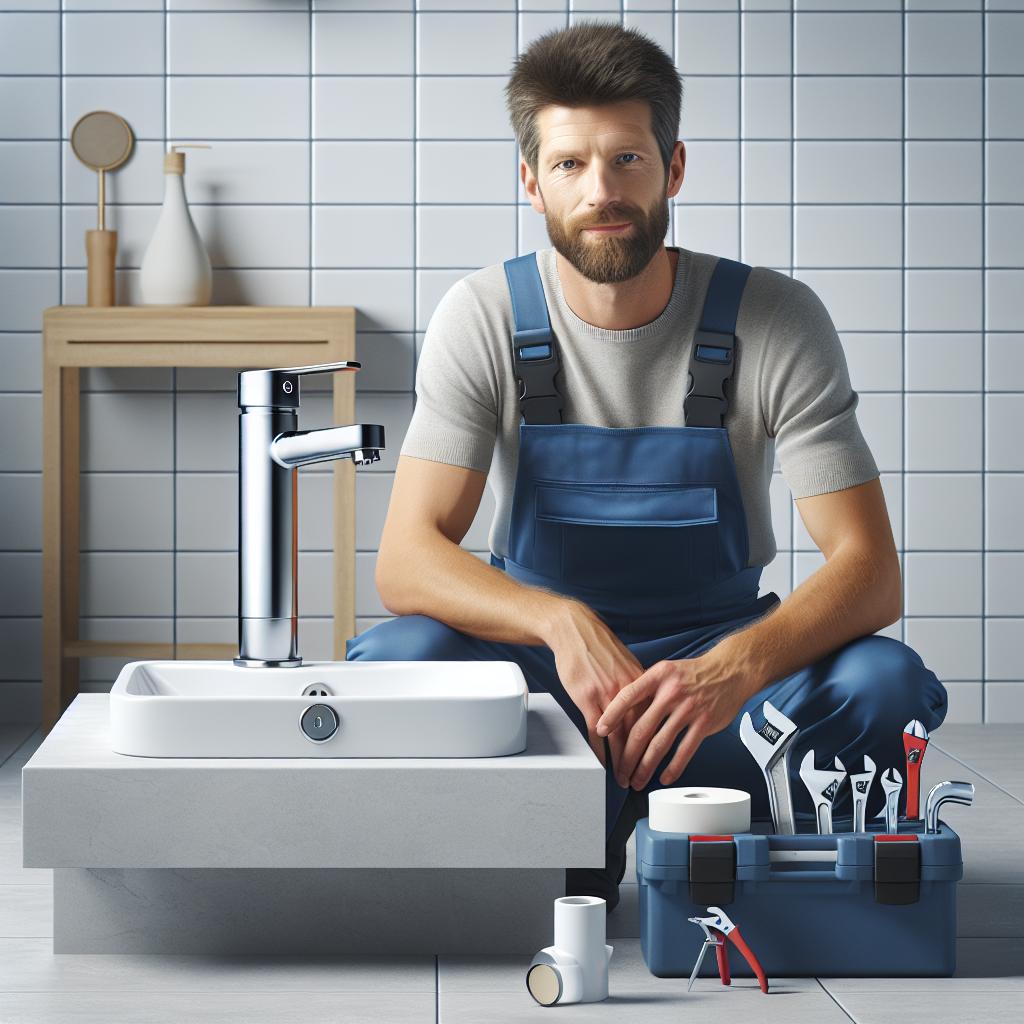The Plumbing Survival Strategy: 9 Key Techniques to Avoid Catastrophic Water Damage at Home
Water damage can be one of the most devastating issues a homeowner can face. Whether it’s from a tiny leak or a sudden burst pipe, the resulting damage can lead to costly repairs, mold growth, and a significant drop in property value. To help you navigate these challenges, we’ve outlined key techniques that will not only protect your home from potential disasters but also give you peace of mind. Here’s how to implement a comprehensive Plumbing Survival Strategy to minimize the risk of catastrophic water damage.
1. Regularly Inspect Your Plumbing System
One of the most crucial steps in preventing water damage is to conduct regular inspections of your plumbing system. Proactive maintenance enables you to identify issues before they escalate into significant problems.
What to Look For
- Check for any visible leaks around sinks, toilets, and pipes.
- Inspect walls and ceilings for water stains or signs of dampness.
- Pay attention to the condition of your water heater and ensure it is functioning properly.
- Look for signs of corrosion in pipes, particularly if they are older.
When to Call a Professional
If you notice any concerning signs during your inspection, it’s wise to consult a professional plumber. They can conduct a more thorough evaluation and suggest the necessary repairs to keep your system functioning optimally.
2. Know Your Water Main and Shut-Off Valve Locations
In case of a plumbing emergency, knowing the location of your water main and shut-off valve is critical. These controls can help you halt the flow of water quickly, minimizing damage.
Steps for Quick Access
- Locate your main water shut-off valve, typically found near the perimeter of your home, often in the basement or near the water heater.
- Label the valve clearly so everyone in your household can identify it.
- Regularly test the valve to ensure it operates smoothly.
3. Install a Water Leak Detection System
Incorporating a water leak detection system into your home can save you from significant water damage. These systems use sensors to detect leaks and alert you before the problem escalates.
How It Works
These systems are usually installed in areas vulnerable to leaks, such as under sinks and near water heaters. When a leak is detected, the system will typically send an alarm to your phone or alert you through a connected smart home device, allowing you to act quickly.
Benefits of Leak Detection Systems
- Saves money on extensive repairs and water bills.
- Provides peace of mind while you’re away from home.
- Can be integrated with your smart home for added convenience.
4. Maintain Your Appliances
Many household appliances are connected to your plumbing, and their maintenance is vital for preventing leaks. Regular checks on washing machines, dishwashers, and water heaters can identify potential issues.
Key Maintenance Tips
- Inspect hoses for wear and tear and replace them as needed.
- Check the connections for any signs of leaks.
- Flush your water heater annually to remove sediment build-up.
When to Replace Appliances
If an appliance is frequently malfunctioning or is over 10-15 years old, consider replacing it to prevent future leaks and ensure efficiency.
5. Insulate Your Pipes
In colder climates, insulating your pipes is essential to prevent them from freezing and bursting. Insulation can keep your pipes warm and reduce condensation, especially for those in unheated areas like basements and attics.
How to Insulate Pipes
- Use foam pipe insulation sleeves or fiberglass insulation tape.
- Ensure that your insulation covers all exposed pipes.
- Seal any gaps where cold air might enter.
Additional Protective Measures
Let faucets drip during extremely cold weather to relieve pressure within the pipes. This method is simple yet effective in reducing the risk of frozen pipes.
6. Be Mindful of Your Drainage System
A well-functioning drainage system is essential for preventing water accumulation and subsequent damage. Clogged drains can lead to overflow situations that cause serious hazards in your home.
Regular Drain Maintenance
- Use strainers in sinks and showers to catch hair and debris.
- Flush drains with hot water regularly to prevent build-up.
- Avoid pouring grease or oil down the drain as it can cause severe clogs.
Professional Help
If you experience frequent clogs, consider consulting a plumber to assess your system and provide long-term solutions. They can also use specialized tools to ensure thorough cleaning.
7. Monitor Your Water Pressure
High water pressure can stress your plumbing system and lead to leaks or bursts. Installing a pressure regulator can help manage your system’s pressure levels.
Signs of High Water Pressure
- Frequent leaks or pipe bursts.
- Persistent dripping from faucets and showers.
- Unusual sounds in pipes, like hammering noises.
Testing Water Pressure
You can check your home’s water pressure using a pressure gauge attached to a hose bib. Ideal residential water pressure is typically in the range of 40-60 psi. Consult a plumber if your pressure exceeds these levels.
8. Create a Home Emergency Kit
Preparation is key in any emergency situation. Having a home emergency kit specifically tailored for plumbing issues can help you tackle emergencies swiftly.
What to Include
- A wrench for turning off valves and making minor repairs.
- Plumber’s tape for temporary leaks.
- Buckets and towels for immediate clean-up of spills.
- Flashlight with extra batteries in case of power outages.
Educate Your Family
Make sure all family members know where the emergency kit is located and understand the steps to take in case of a plumbing emergency. This can make a significant difference in minimizing damage and responding quickly.
9. Know When to Call in the Experts
Understanding the limits of DIY can save you time, money, and stress. Certain plumbing issues require a professional’s expertise. Knowing when to call a skilled plumber can prevent minor issues from becoming major disasters.
Common Signs You Need a Professional
- Persistent low water pressure.
- Unexplainable water bills.
- Backed-up toilets or sewer issues.
- Visible signs of water damage or mold growth.
Choosing the Right Plumbing Professional
When seeking a plumber, ensure they are properly licensed and insured. Check their reviews and ask for estimates before proceeding with work. Establishing a relationship with a reliable plumber will benefit you in the long run.
Conclusion
Preventing catastrophic water damage at home involves a combination of regular maintenance, emergency preparedness, and knowing when to seek professional assistance. By implementing these 9 key techniques, you can establish a solid Plumbing Survival Strategy that protects your home from potential water-related disasters. Regular assessment and proactive measures make a significant difference, leading to peace of mind and a preserved home environment.
